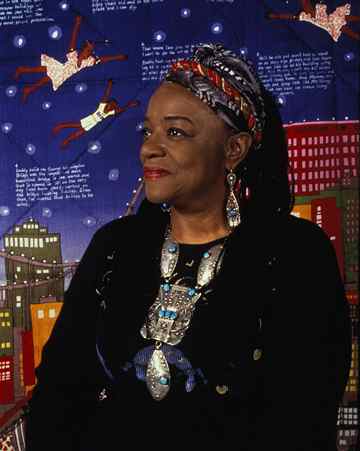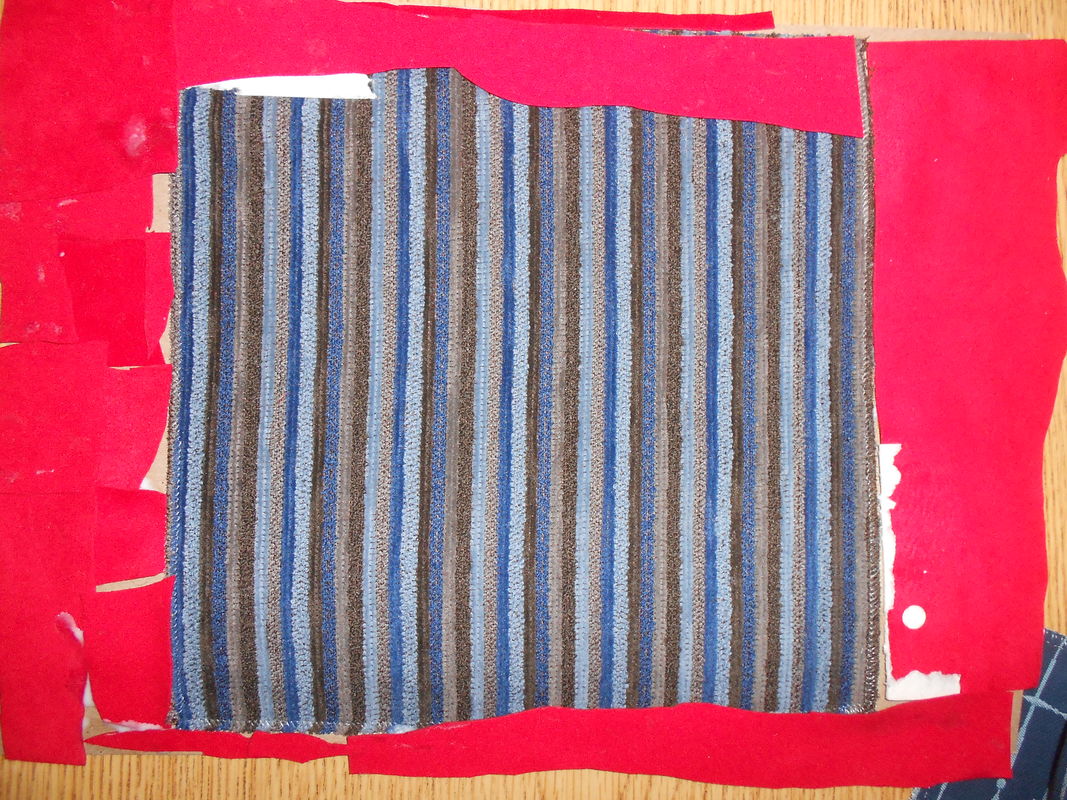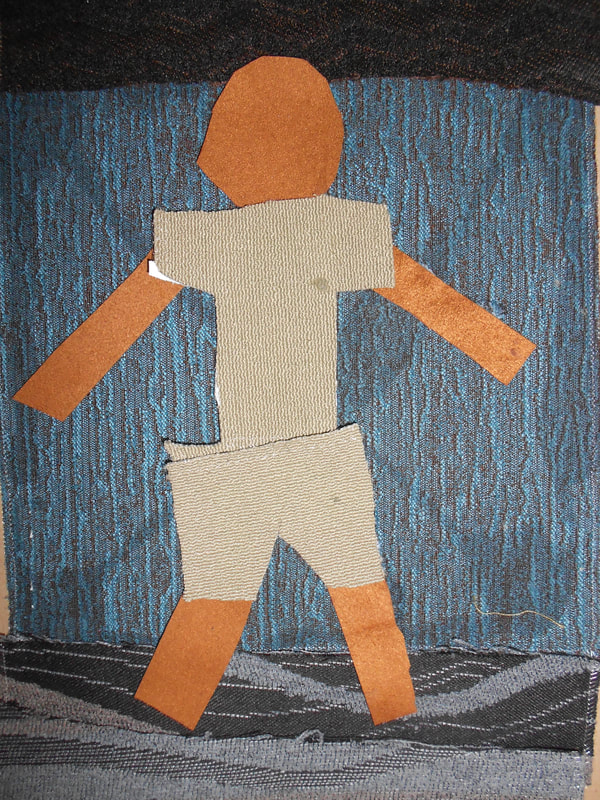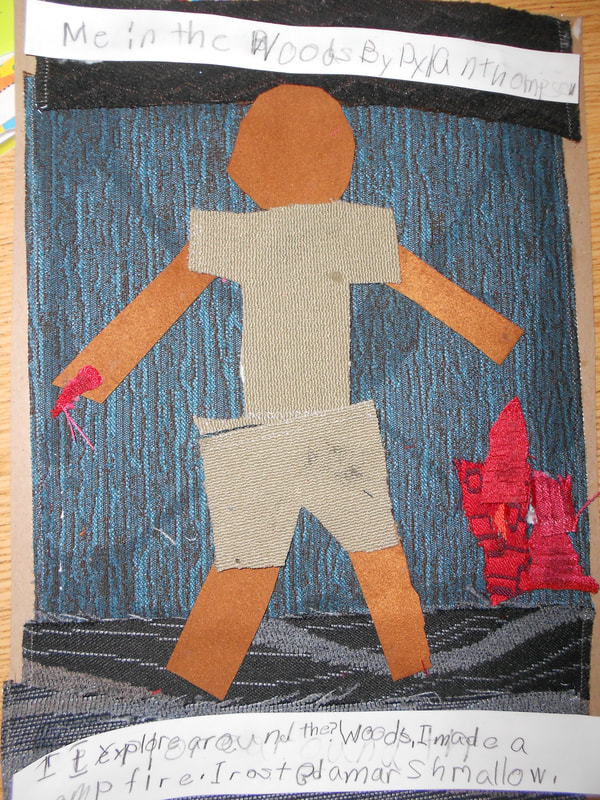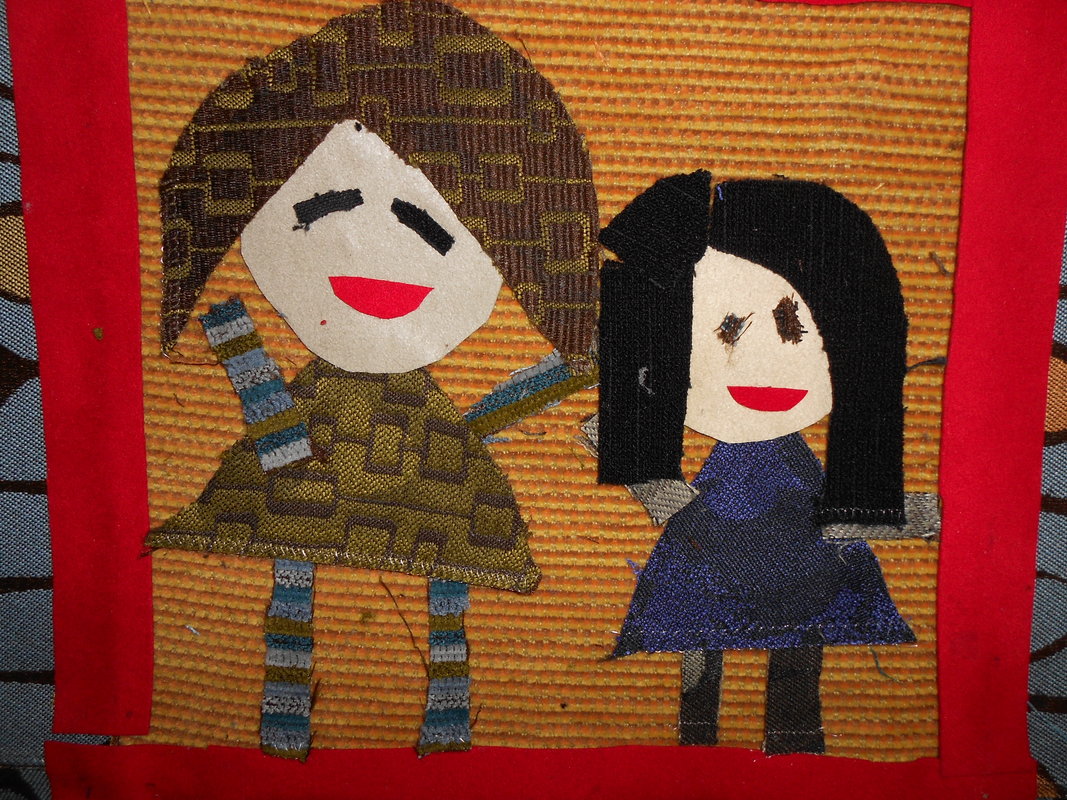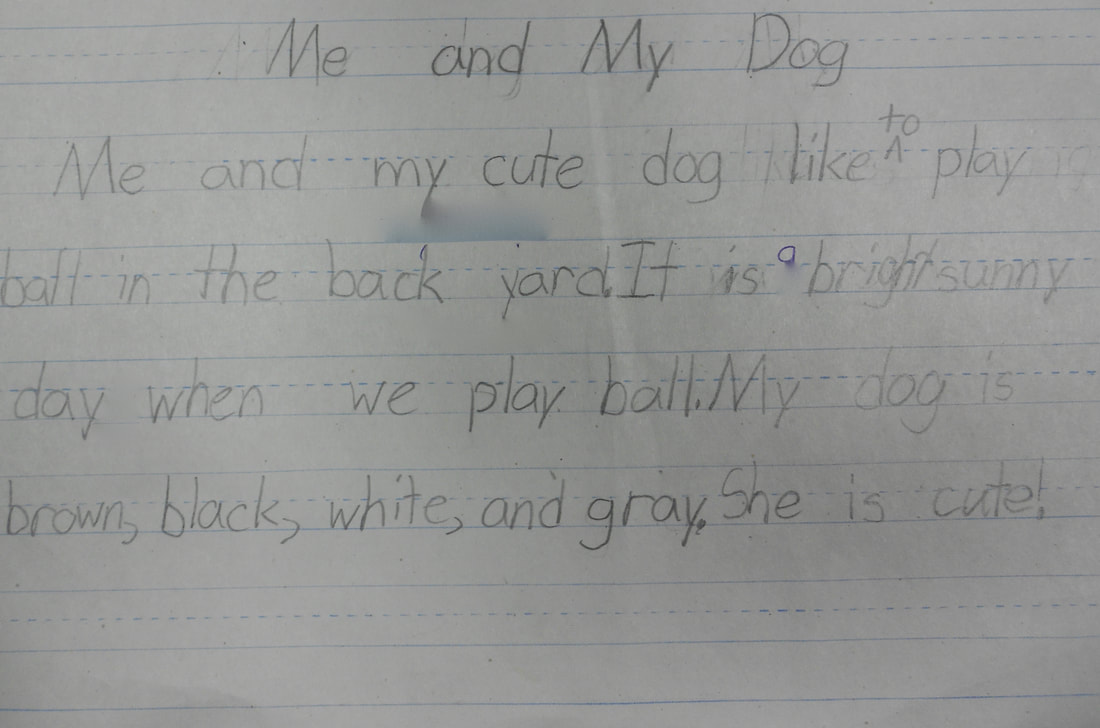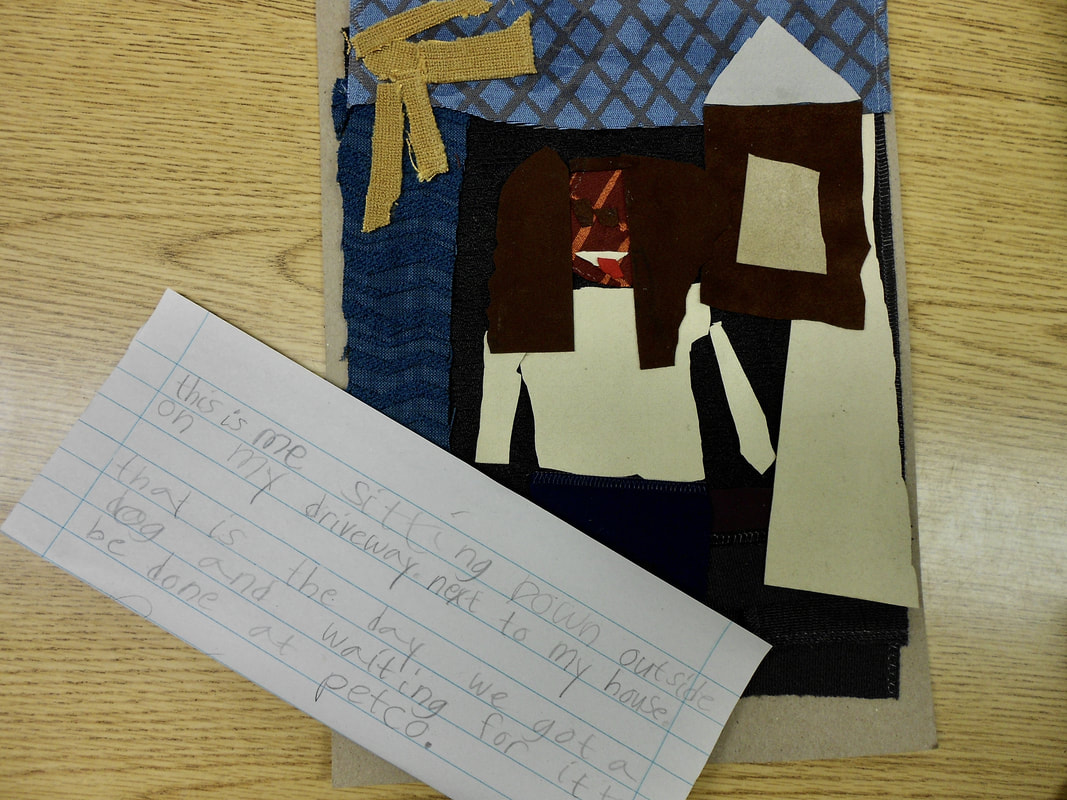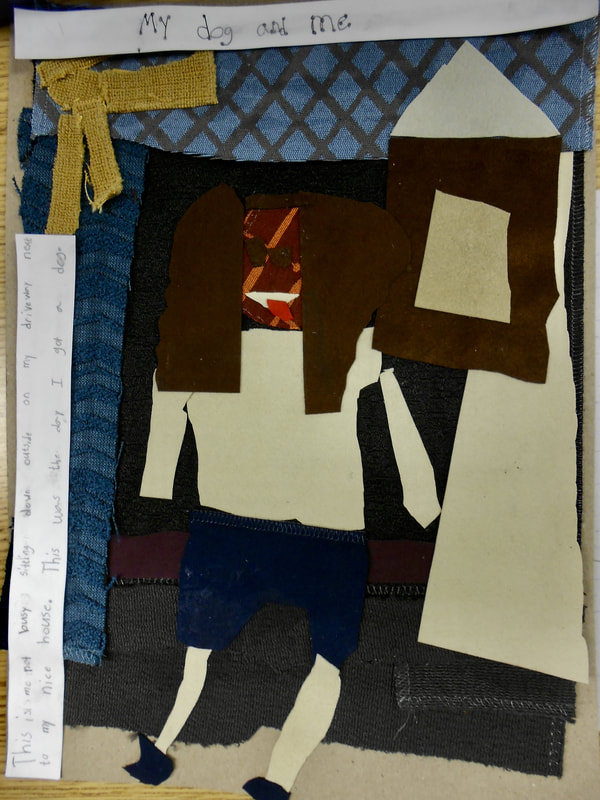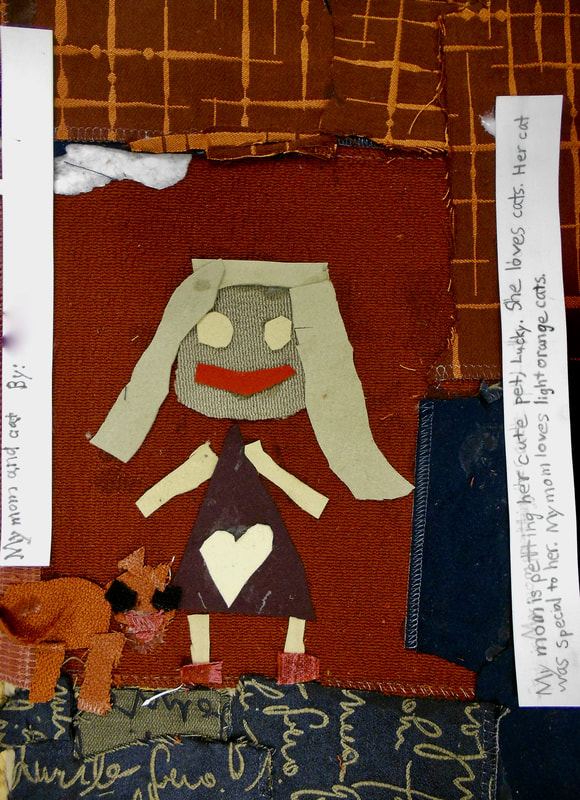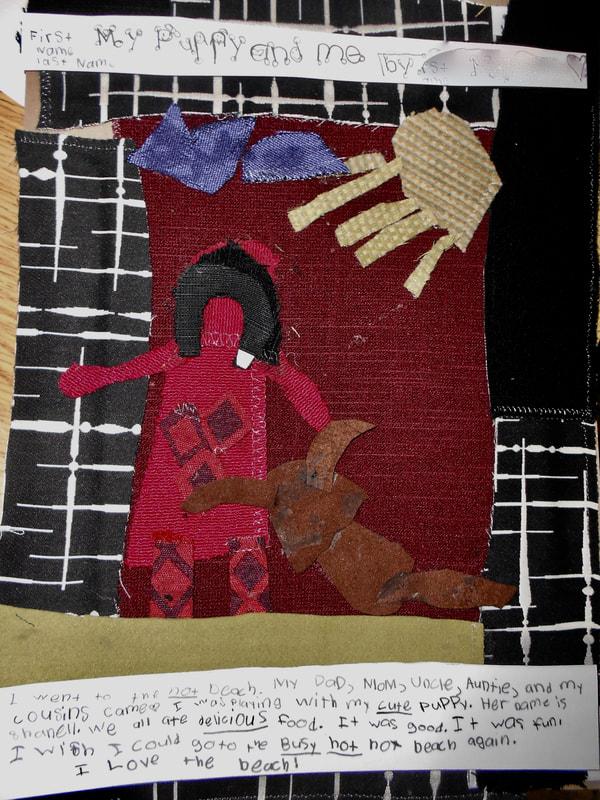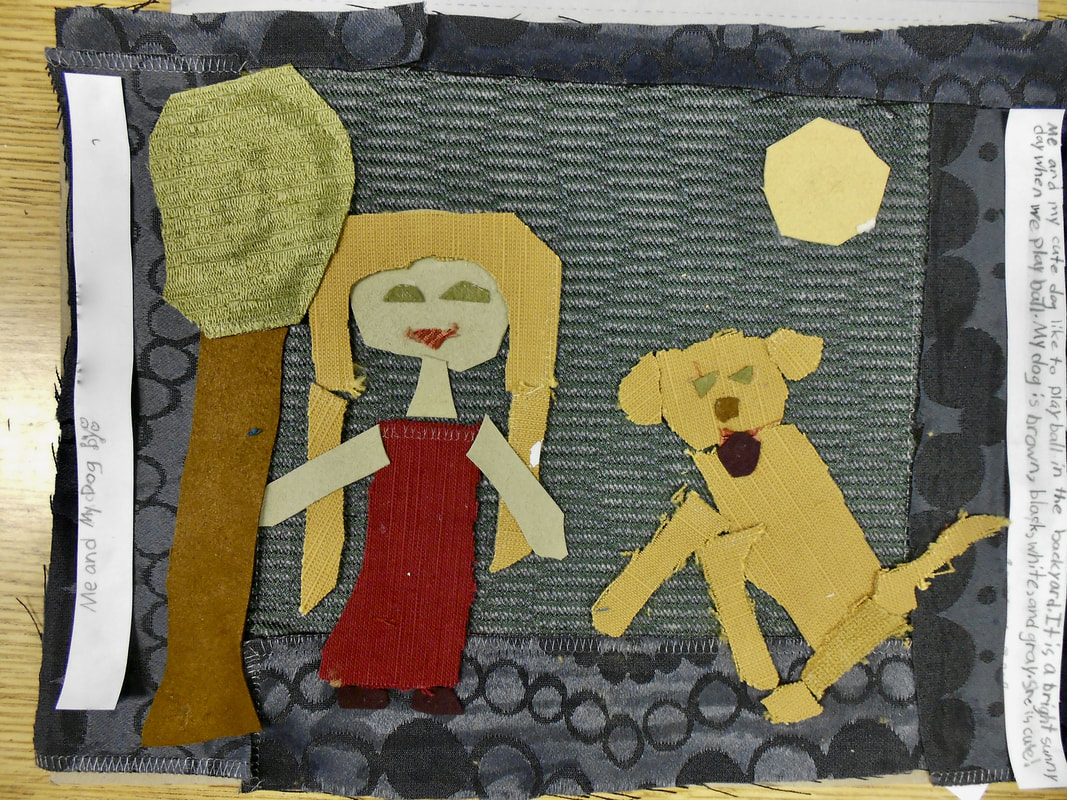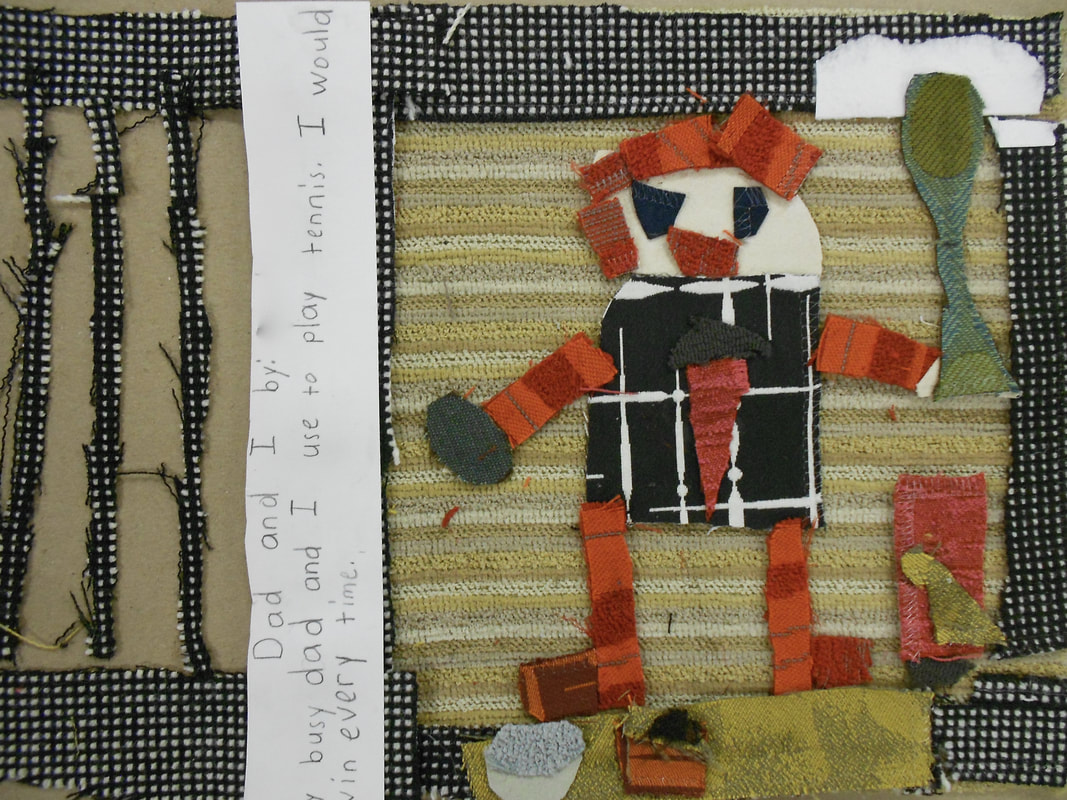under construction
faith ringgold lesson
faith ring gold
|
- Faith Ringgold is a painter, writer, speaker, mixed media sculptor + performing artist
- born October 8, 1930, Harlem Hospital, New York City - youngest of 3 children - often sick as a child, art became a major pastime - her mother was a well known Harlem clothing designer + seamstress, her father an avid storyteller - she was exposed to creativity at an early age - lives + works in Englewood, New Jersey - degree from City College of New York - professor emeritus University of California, San Diego 1987-2002 - she has received mover 75 awards |
questions to faith ringgold
- to help create your quilt-art Faith Ringgold answers question;
How do you write the story of your quilts?
I think about the characters and the story I want to tell and then I begin to write the chapters in segments. And then, just like the materials of a quilt, I piece the words together until they make a story. I have to edit many times before it is finished and ready to be written on the quilt.
How long does it take to make a story quilt?
Some quilts take more time than others. Tar Beach took me only a month to make.
How do you write the story of your quilts?
I think about the characters and the story I want to tell and then I begin to write the chapters in segments. And then, just like the materials of a quilt, I piece the words together until they make a story. I have to edit many times before it is finished and ready to be written on the quilt.
Where do you get your good ideas?
My ideas come from reflecting on my life and the lives of people I have known and have been in some way inspired by.
What inspired you to write story quilts?
I thought it would be a good way to get people to read my stories and maybe that way I could get one of them published as a book. It worked with Tar Beach.
Who taught you to sew?
My mother taught me to sew and her mother taught her.How do you write on a quilt?
I use a black fine (felt) tip Sanford Sharpie marker.
taken from faith ring gold.com
How do you write the story of your quilts?
I think about the characters and the story I want to tell and then I begin to write the chapters in segments. And then, just like the materials of a quilt, I piece the words together until they make a story. I have to edit many times before it is finished and ready to be written on the quilt.
How long does it take to make a story quilt?
Some quilts take more time than others. Tar Beach took me only a month to make.
How do you write the story of your quilts?
I think about the characters and the story I want to tell and then I begin to write the chapters in segments. And then, just like the materials of a quilt, I piece the words together until they make a story. I have to edit many times before it is finished and ready to be written on the quilt.
Where do you get your good ideas?
My ideas come from reflecting on my life and the lives of people I have known and have been in some way inspired by.
What inspired you to write story quilts?
I thought it would be a good way to get people to read my stories and maybe that way I could get one of them published as a book. It worked with Tar Beach.
Who taught you to sew?
My mother taught me to sew and her mother taught her.How do you write on a quilt?
I use a black fine (felt) tip Sanford Sharpie marker.
taken from faith ring gold.com
step-by-step instructions
lesson plan
objective
Students will be able to create a collage of fabrics, ribbons, + sewing notions to depict a family story in the style of artist Faith Ringgold. Materials will be glued on a stiff background material. Students will be familiar with mixed media as an art medium. The students will be familiar with the artist as well as her style of art for their inspiration.
materials
- 9"x12" heavy duty boards (e.g. cardboard)
- scissors
- liquid glue
- 9"x12" white paper for writing stories
- fabric scraps (ribbon, felt, fabric, buttons can be used also)
- scissors
- liquid glue
- 9"x12" white paper for writing stories
- fabric scraps (ribbon, felt, fabric, buttons can be used also)
activity
- Introduce the artist Faith Ringgold, her history + her artworks.
- Show students images of Faith Ringgold's artwork.
- Use a stiff board for background of art.
- Give students a choice of varied fabric swatches to cut from. (ribbons, buttons, fabric, felt, etc.)
- Students will depict a family tradition or story for their subject matter.
- See step-by-step instructions given.
- Students should express the value of craftsmanship in their artworks.
- Small details are not needed (e.g., facial features).
- Glue should not show. Artwork should look like it was glued by magic.
- Demonstrate cutting fabric prior to students working on their projects.
vocabulary
- Abstract - Artwork in which the subject matter is stated in a brief, simplified manner. Little or no attempt is made to represent images realistically, and objects are often simplified or distorted.
- Balance - Visual equilibrium in a composition; achieved by organizing the weight and attention of all elements in an artwork. Types of balance are symmetrical, asymmetrical, radial, and crystallographic.
- Collage - An artistic composition made of various materials (e.g. paper, cloth, or wood) glued on a surface.
- Expressive Content - Ideas that express ideas and moods.
- Harmony - The principle of design that combines elements in a work of art to emphasize similarities of separate but related parts.
- Mixed Media - A work of art for which more than one type of art material is used to create the finished piece.
- Proportion - The size relationships of one part to the whole and of one part to another.
- Scale - The size of an object or image that is measured by its relationship to the other objects and images that are recognized for their normal or actual size.
- Space - An area in which objects or images can exist.
- Shape - A two-dimensional are or plane that may be open or closed, free-form or geometric. It can be found in nature or is made by humans.
- Texture - The surface quality of materials, either actual (tactile) or implied (visual). It is one of the elements of art.
- Visual Literacy - Includes thinking and communication. Visual thinking is the ability to transform thoughts and information into images; visual communication takes place when people are able to construct meaning from the visual image.
- Unity - Total visual effect in a composition
variation
.- Students can add a written essay about their shared family event. (see CA State Visual Art Standard #3.0 below)
- After completing their fabric art pieces , their artworks can be made in another medium. (e.g., paints, crayons, pastels, colored pencils)
- After completing their fabric art pieces , their artworks can be made in another medium. (e.g., paints, crayons, pastels, colored pencils)
ca state visual arts standards
1.0 ARTISTIC PERCEPTION
Analyze Art Elements and Principles of Design
1.5 Identify and describe elements of art in works of art, emphasizing line, color, shape/form, texture, space, and value.
3.0 HISTORICAL AND CULTURAL CONTEXT
Diversity of the Visual Arts
3.5 Write about a work of art that reflects a student's own cultural background.
5.0 CONNECTIONS, RELATIONSHIPS, APPLICATIONS
Visual Literacy
5.3 Look at images in figurative works of art and predict what might happen next, telling what clues in the work support their ideas.
Analyze Art Elements and Principles of Design
1.5 Identify and describe elements of art in works of art, emphasizing line, color, shape/form, texture, space, and value.
3.0 HISTORICAL AND CULTURAL CONTEXT
Diversity of the Visual Arts
3.5 Write about a work of art that reflects a student's own cultural background.
5.0 CONNECTIONS, RELATIONSHIPS, APPLICATIONS
Visual Literacy
5.3 Look at images in figurative works of art and predict what might happen next, telling what clues in the work support their ideas.
